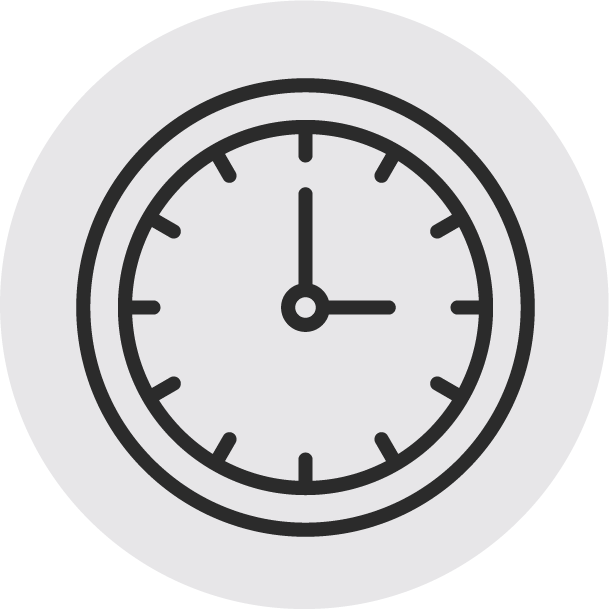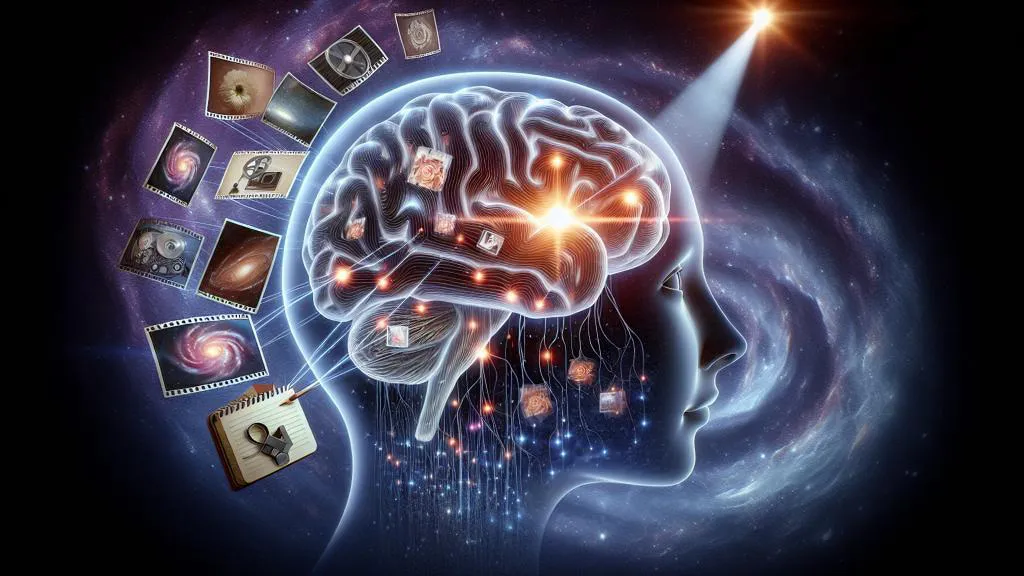Neurological disorders affect millions of people around the world. They disrupt the normal function of the brain, spinal cord, and nerves. These conditions include stroke, neuralgia, Bell’s palsy, and spinal cord injuries. While traditional medical treatments remain the primary approach, alternative therapies are gaining popularity as valuable additions to treatment plans. Here are some innovative methods that provide new options for managing symptoms and aiding recovery:
Acupuncture
Traditional acupuncture involves inserting very thin needles into specific points on the body to stimulate its natural healing processes. People use this therapy to alleviate pain, enhance motor function, and control various neurological symptoms. It works by activating nerve pathways and releasing natural pain-relieving chemicals.
Electroacupuncture is a modern variation that adds gentle electrical stimulation to the needles. This method delivers controlled electrical impulses to the acupuncture points, which may enhance the treatment’s effects by providing extra nerve stimulation and helping tissue repair. The number of sessions varies depending on each person’s response and the severity of their symptoms. Some people notice improvements after just a few treatments, while others may need longer courses of care.
Dry Needling
Dry needling targets muscle trigger points and tight bands of tissue that contribute to pain and movement restrictions. This technique utilizes thin needles, similar to those used in acupuncture. The approach aims to release muscle tension, improve blood flow, and restore standard movement patterns.
Unlike acupuncture, dry needling is based on Western medicine principles. Practitioners insert needles directly into trigger points, producing a brief muscle twitch response. This reaction indicates the release of muscle tension and the beginning of the healing process. The therapy addresses secondary muscle problems that can develop alongside neurological conditions.
Frequency-specific Microcurrent Therapy
This therapy utilizes very low-level electrical currents that align with your body’s natural frequencies. The currents are so gentle that most people feel little or no sensation during treatment. Healthcare providers use specific frequencies to target neurological disorders. Different frequencies focus on various types of tissue damage and inflammation. The procedure typically involves placing electrodes on the skin near the affected area. Practitioners may combine this therapy with other treatments to address multiple aspects of neurological conditions at once. Due to its gentle currents, this therapy is suitable for individuals who are sensitive to other electrical stimulation methods.
Ozone Therapy
Ozone therapy involves introducing ozone gas into the body using methods such as IV infusion or topical application. Supporters believe that ozone can enhance the body’s use of oxygen at the cellular level and aid in natural detoxification.
The process typically involves a medical professional exposing blood or tissues to controlled amounts of ozone. Different methods are used depending on the targeted body system, and treatment protocols can vary significantly among practitioners. Usually, these sessions are conducted in clinics equipped with specialized equipment.
Get Treated for Neurological Disorders
These innovative therapies provide additional options for managing neurological conditions in conjunction with standard medical care. Each treatment has its own unique mechanisms and potential uses. If you’re facing a neurological disorder, consult healthcare providers who specialize in neurological care. They can help determine which therapies might best complement your current treatment plan and ensure that you receive safe and appropriate care.









Leave a Reply